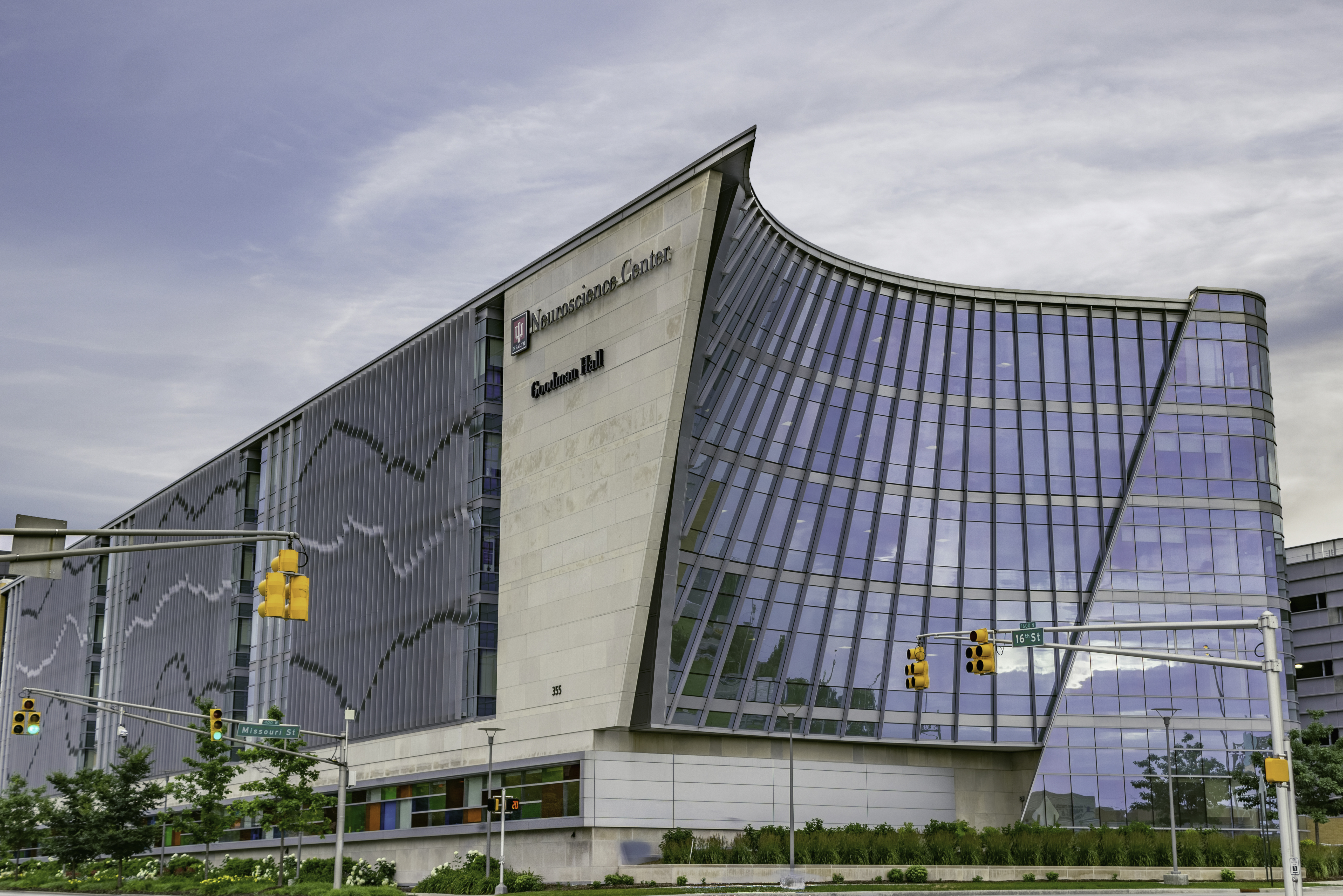
Current Price Quotes Show Production Improvements in Indiana Limestone

BLOOMINGTON, IND., 4/29/16 – With multiple recent and current projects reflecting the change, continuing improvements in the production of Indiana limestone for building projects are a key element in the stone’s evolving cost competitiveness. New reports from independent building material providers from Alberta to Florida indicate current cost levels frequently on par with or below pre-cast concrete substitutes.
“It’s a misperception in the marketplace that manufactured materials are always cheaper than natural ones,” said Matt Lonesk, Vice President of Sales and Operations at Sturgis Materials in Kansas City, Kan.
“There certainly are situations where natural is cheaper,” Lonesk said. “Unless people investigate case by case, they just won’t know.”
On many projects, advances in robotics, CNC technology and other contemporary manufacturing techniques account for rough cost parity between real construction limestone and precast concrete lookalikes.
“It all depends on the individual job,” Indiana Limestone Company Regional Manager Daryl Robinson explained. “In many cases, the strength, long life, durability, and appearance of real Indiana limestone costs only as much as manufactured stone, or slightly more, and sometimes less.
“Buyers normally prefer the advantages of natural stone, but may settle for something cheaper for budget reasons,” Robinson said. “Many buyers who explore actual costs are surprised to find out that the costs are about the same for their specific projects.
“Continued integration of new technology enables fabricators to more efficiently produce custom cut stone. Also, the introduction of mass-produced standard products such as pavers, sills, veneers and thin veneers has yielded low-cost fabrication and created new options for architects and builders.”
Gene Pawlikowski , Architectural Sales Representative for Vermont Stone Art, Colchester, Vt., said he often sees cost advantages with natural stone in specific types of projects.
“Small to medium-sized projects with custom design and not a lot of repetition best suit limestone,” he said, “because the precaster must build mold boxes requiring repetition to achieve economy of scale.”
“At VSA, we can sometimes cut a piece of limestone faster than precasters can build a mold box. If there are only a few elements to cast per mold box, then cost-per-piece of concrete is high. When limestone durability is factored in, our price does not have to ‘beat’ precast. It just has to be close. Owners and architects always seem to prefer natural stone when given the choice. When cast concrete is perceived to be less expensive than limestone and is specified for a particular project, the best way for an architect/owner to compare hard price difference on bid day is to specify an alternate bid requirement for limestone. Then it’s easy to accurately compare pricing after contractor bids are in and before contracts are awarded.”
In addition to direct purchase cost concerns, careful selection of manufacturers and stone suppliers can yield support services that support a more favorable bottom line. As original quarry provider, Indiana Limestone Company can often supply technical support throughout a project’s design and construction phases. The firm can assist all participants with information that saves time, restrains costs and contributes to superlative results.
Categories: Company NewsGo Back




